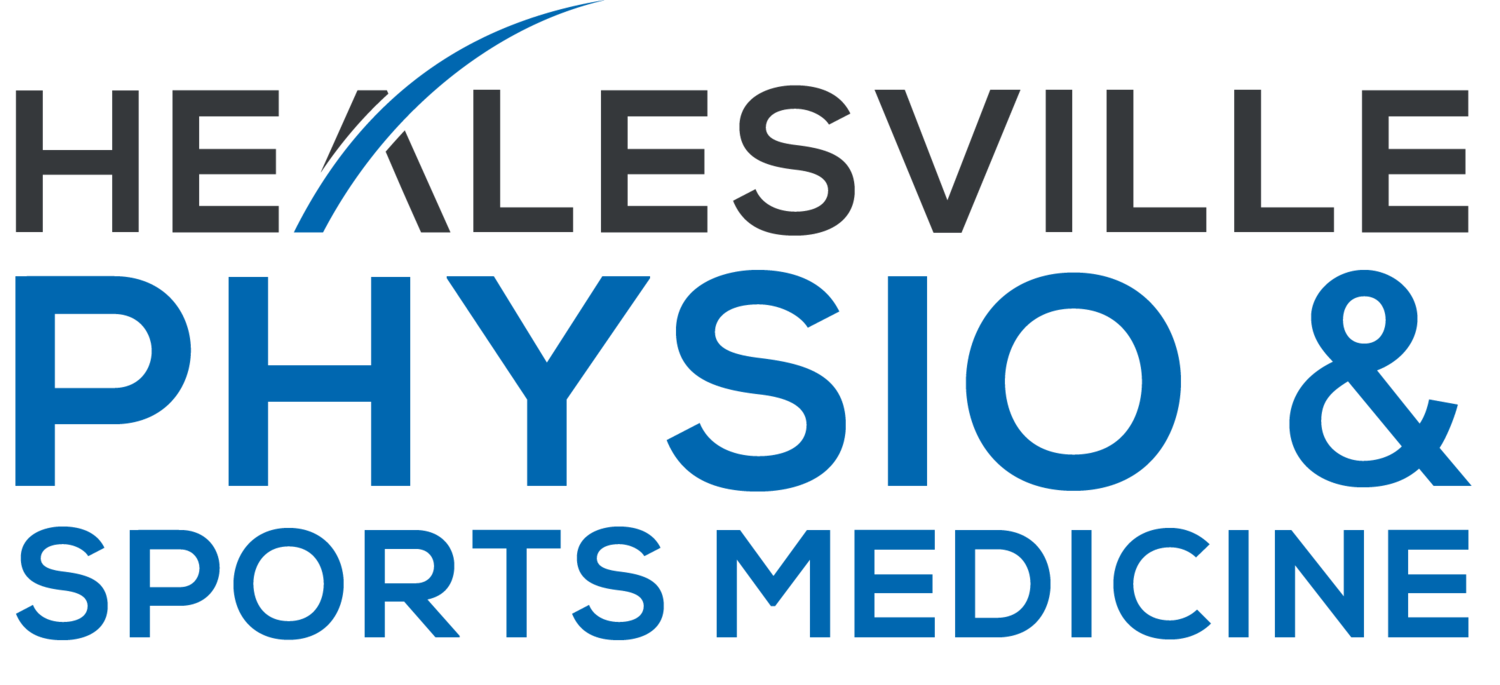Neck pain is very common, with 60% of people experiencing some form of neck pain in their lifetime and one of the main reasons that people seek physiotherapy treatment
Similar to back pain, the good news is that most forms of neck pain are caused by musculoskeletal conditions, which respond very well to physiotherapy treatment and exercise.
Signs and symptoms
Neck pain
Reduced movement of your neck (stiffness)
Headaches
Shoulder blade pain
Neurological signs including pins and needles and numbness in the arm
Relevant Anatomy
The cervical spine is made up of seven bones, called vertebra, and are labeled C1 to C7. In between each of these vertebra lies an intevertebral disk, which acts as a shock absorber. Additionally, there are numerous muscles and ligaments discs that all contribute to providing stability to the neck whilst also allowing good range of movement.
Causes of neck pain included, but are not limited to:
Muscle strain
Stiffness in one or more of the joints in the neck
Whiplash
Facet joint pain
Wry neck
Osteoarthritis
Bone related injuries including osteoporosis, stenosis, spondylosis, scoliosis
Discogenic neck pain
Systemic diseases including fibromyalgia, ankylosing spondylitis and rheumoatoid arthritis
Nerve pain
Thoracic outlet syndrome
Cervical radiculopathy
How is neck pain treated?
The best way to accurately treat neck pain is to determine the cause of your pain. A physiotherapy session will include a thorough interview and physical assessment to determine the cause.
Following this, there are many techniques and advice your physio may incorporate including; manual therapies, exercises you can do at home and advice for preventing your neck pain reoccurring in the long term e.g. stretching and strengthening.
Author: Hannah Senior - Physiotherapist



